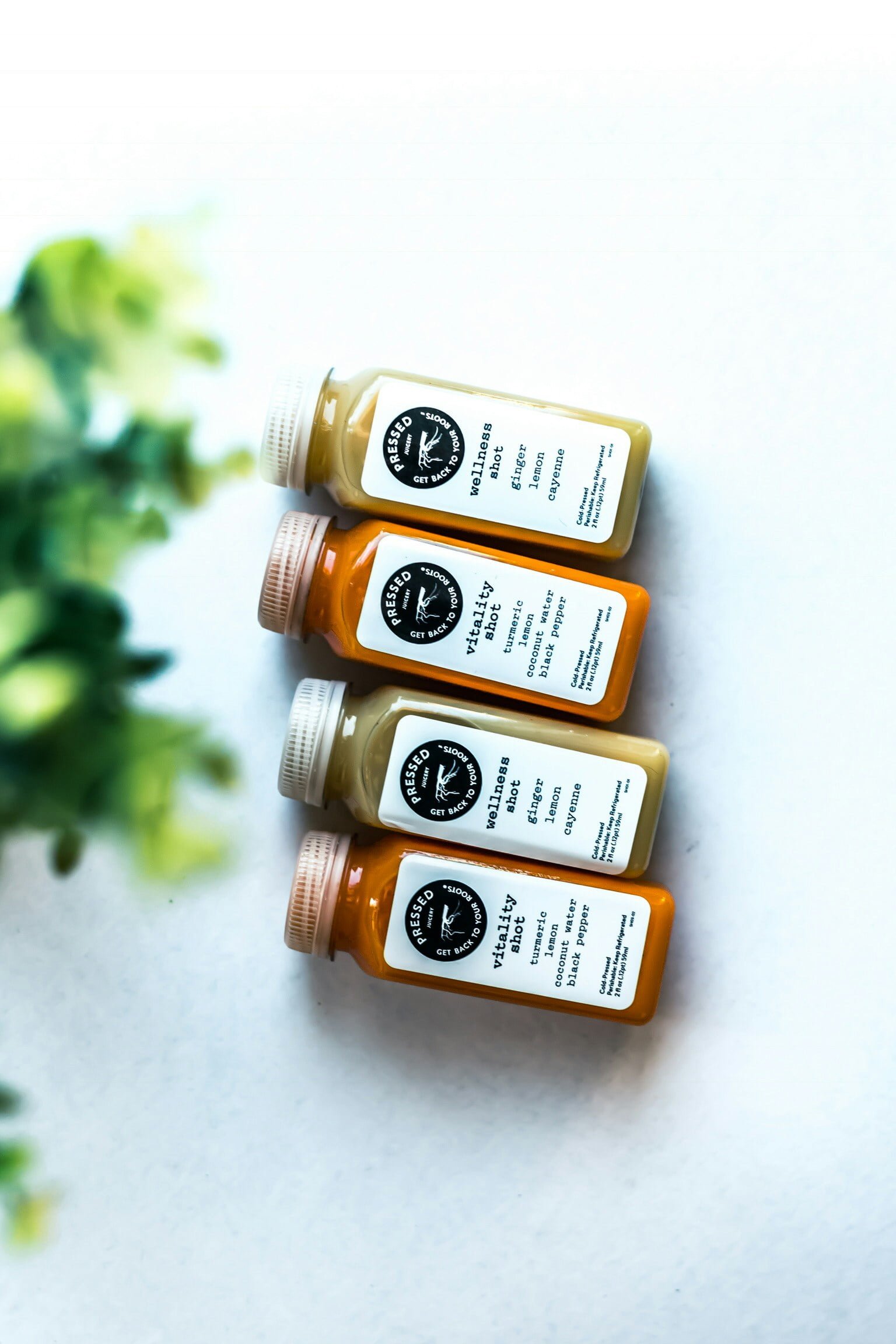
Introduction to EVA Foam
EVA foam, short for Ethylene-Vinyl Acetate foam, is a polymeric material renowned for its versatility and robustness. This foam is created by blending ethylene and vinyl acetate, which results in a closed-cell structure that imparts various vital properties. The composition typically includes about 10-40% vinyl acetate by weight, which determines its firmness and flexibility. EVA foam’s molecular structure gives it exceptional qualities such as elasticity, impact resistance, and shock-absorbing capabilities, making it an ideal choice for protective packaging applications.
One of the distinguishing characteristics of EVA foam is its resilience and capacity to provide cushioning. This is primarily due to its unique cellular matrix, allowing it to return to its original shape after being compressed, thus offering excellent protection to the items it encases. Additionally, EVA foam is noted for its durability and weather resistance, not being easily affected by UV radiation, humidity, or temperature variations. These attributes significantly extend the lifespan of EVA-based products, further enhancing their appeal in diverse sectors.
The history of EVA foam dates back to the mid-20th century when the chemical synthesis of ethylene and vinyl acetate was optimized. Initially, EVA was employed in the footwear industry, particularly in shoe soles, due to its shock-absorbing and lightweight nature. Over time, its superior characteristics have found utility in a broad spectrum of industries including sports equipment, automotive, medical devices, and most notably, protective packaging. As technology advanced, EVA foam became a cornerstone in packaging solutions, safeguarding delicate electronics, fragile items, and various other products during transit.
Today, EVA foam is a pivotal material in the protective packaging industry, prized for its adaptability and durability. Its continued evolution is a testament to its irreplaceable role across multiple fields, driven by an ever-increasing demand for reliable and resilient packaging solutions. The subsequent sections of this blog will delve deeper into specific applications and advantages of EVA foam in protective packaging, highlighting its unparalleled efficacy and versatility.
Benefits of EVA Foam in Protective Packaging
EVA foam, an acronym for ethylene vinyl acetate, offers numerous benefits when employed in protective packaging. Its lightweight nature facilitates cost-effective shipping, reducing overall transportation expenses. This characteristic also eases the handling process, making it suitable for a wide array of logistics operations. Additionally, EVA foam’s flexibility allows it to be molded into various shapes and sizes, providing a tailored fit for diverse products, regardless of their dimensions or fragility.
A standout feature of EVA foam is its high cushioning and shock absorption properties. These attributes are crucial for safeguarding fragile and sensitive items during transit. The material effectively disperses impact energy, thereby minimizing the risk of damage. This protective capability makes EVA foam an optimal choice for packaging electronics, glassware, and other delicate goods.
Moreover, EVA foam boasts significant moisture resistance. This quality is important for maintaining the integrity of items susceptible to water damage, such as electronics or perishable goods. The foam’s impermeable nature ensures that products remain dry and free from potential harm caused by moisture exposure. Additionally, EVA foam provides excellent thermal insulation, which is vital for items that require temperature control during shipment.
Another key advantage of EVA foam is its non-toxic composition. It is free from harmful chemicals, making it safe for packaging a wide range of products, including food and pharmaceuticals. This non-toxicity aligns with regulatory standards, ensuring compliance with health and safety guidelines. Furthermore, EVA foam is durable and resilient, offering long-lasting protection throughout the supply chain.
Overall, the multifaceted properties of EVA foam—such as its lightweight nature, exceptional cushioning, moisture resistance, thermal insulation, and non-toxic characteristics—underscore its suitability for protective packaging applications across various industries.
Applications of EVA Foam in Different Industries
Ethylene-vinyl acetate (EVA) foam has garnered widespread acclaim in various industries due to its remarkable properties like flexibility, resilience, and cushioning. Its versatility makes it a prime candidate for protective packaging, ensuring products reach their destination unscathed. This section delves into how EVA foam is utilized in protective packaging across different sectors, addressing both traditional and innovative applications.
In the electronics industry, devices such as smartphones, laptops, and cameras are often encased in EVA foam-based packaging to safeguard against impacts during transit. The foam’s shock-absorbing characteristics and lightweight nature provide an ideal protective environment for delicate components. EVA foam inserts are specially designed to fit the precise contours of electronic gadgets, preventing movement inside the packaging and thus reducing the risk of damage.
The medical devices industry also benefits significantly from EVA foam packaging. Sensitive medical instruments and diagnostic equipment, which require sterile and cushioned environments, utilize EVA foam to maintain their integrity. For example, surgical tools, portable diagnostic devices, and laboratory equipment often come in EVA foam-lined cases that protect against contamination, vibrations, and physical damage.
Automotive parts, particularly those that are fragile or have intricate designs, are another sector where EVA foam sees frequent use. Car manufacturers and suppliers rely on EVA foam to package and ship items like sensors, mirrors, and delicate interior components. By using custom-molded EVA foam, these parts are kept stable and secure, allowing for safe transportation over long distances.
The sports equipment industry employs EVA foam to enhance the durability of packaging for goods like helmets, protective gear, and fitness accessories. Its excellent shock absorption capabilities ensure that sports items maintain their structural integrity during shipping. For instance, bicycle helmets packaged in EVA foam are shielded from impacts that could compromise their protective function.
Consumer goods, too, leverage the benefits of EVA foam in protective packaging. From high-end cosmetics to fragile glassware, various consumer products are wrapped or cushioned using EVA foam to ensure they arrive without damage. This kind of packaging not only protects but also enhances the unboxing experience for customers, reflecting the quality of the brand.
Undoubtedly, EVA foam serves as a critical material in protective packaging across numerous industries. Its ability to provide custom-fitted protection for a wide range of products showcases its integral role in modern packaging solutions.
Sustainability and Future Trends
EVA (ethylene-vinyl acetate) foam has established its significance in the protective packaging industry, not only for its protective attributes but also due to its potential sustainability advancements. As we become increasingly aware of environmental impacts, the focus has shifted towards more sustainable practices — and EVA foam is no exception. Being a durable and versatile material, EVA foam possesses the potential for recyclability, which can significantly reduce its ecological footprint.
Currently, efforts are being made to improve the recycling processes of EVA foam. The ongoing development in recycling technologies enables the conversion of used EVA foam into reusable materials, which can then be repurposed for new packaging solutions. This not only minimizes waste but also ensures a sustainable cycle, prolonging the life span of the material and conserving resources. Additionally, some manufacturers are exploring ways to incorporate a higher percentage of recycled content into their EVA foam products, thereby promoting a circular economy.
Despite these advancements, concerns about the environmental impact of EVA foam remain. The production process of EVA foam involves the use of chemicals that can be harmful to the environment. Addressing these concerns, researchers are actively investigating eco-friendly alternatives, such as bio-based EVA foam variations that can lessen the reliance on fossil fuels and reduce toxic emissions. These innovative materials could offer similar protective qualities, without compromising environmental integrity.
Looking forward, the protective packaging industry is expected to witness significant trends driven by technological advancements. The integration of smart technology in packaging solutions, for instance, could enhance the functionality of EVA foam, adding features such as temperature regulation and real-time tracking. As e-commerce continues to grow, so will the demand for effective and sustainable packaging materials like EVA foam, which is likely to evolve to meet these new challenges. The continual pursuit of sustainability and technological innovation will ensure that EVA foam retains its essential role in the future of protective packaging.

